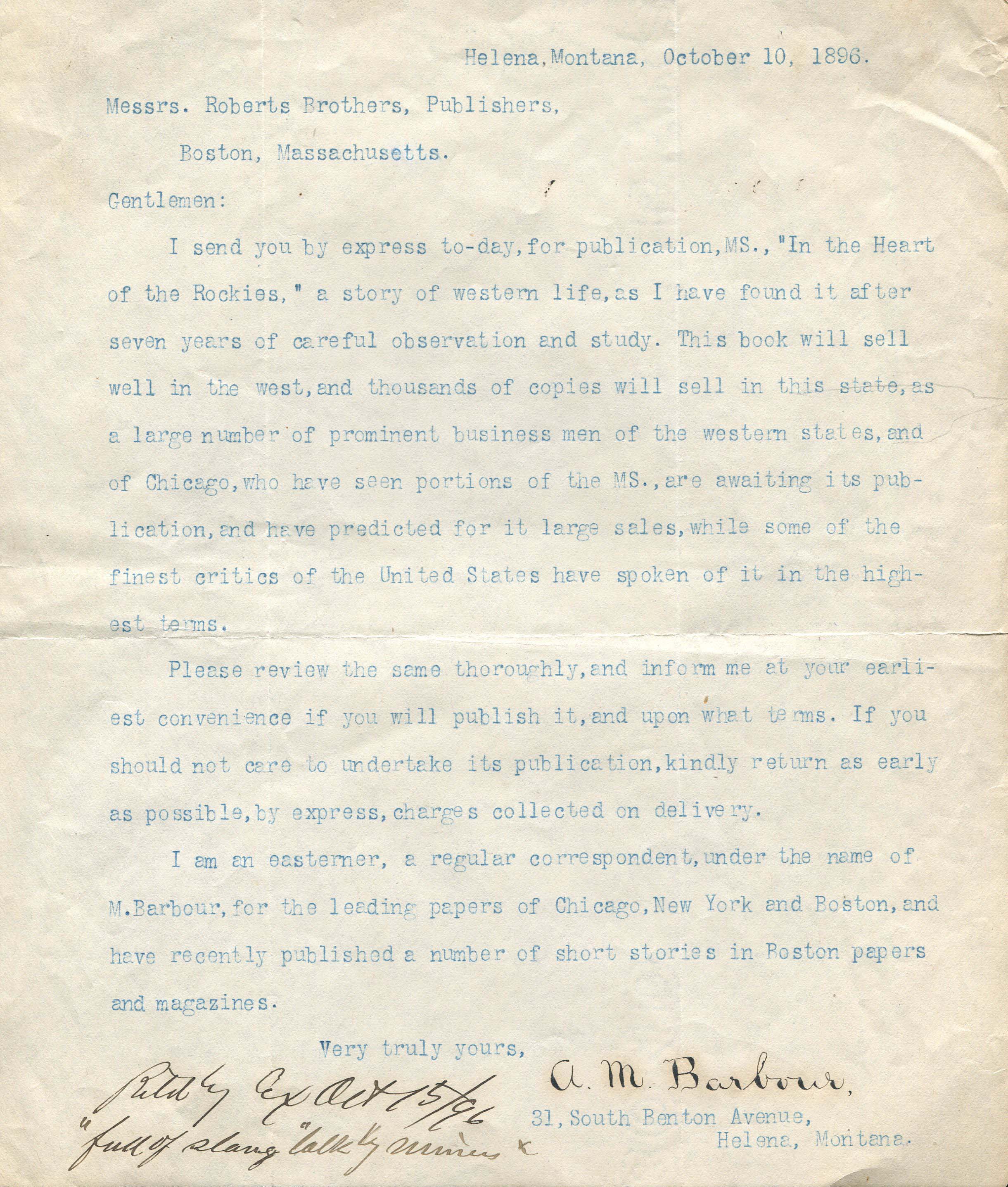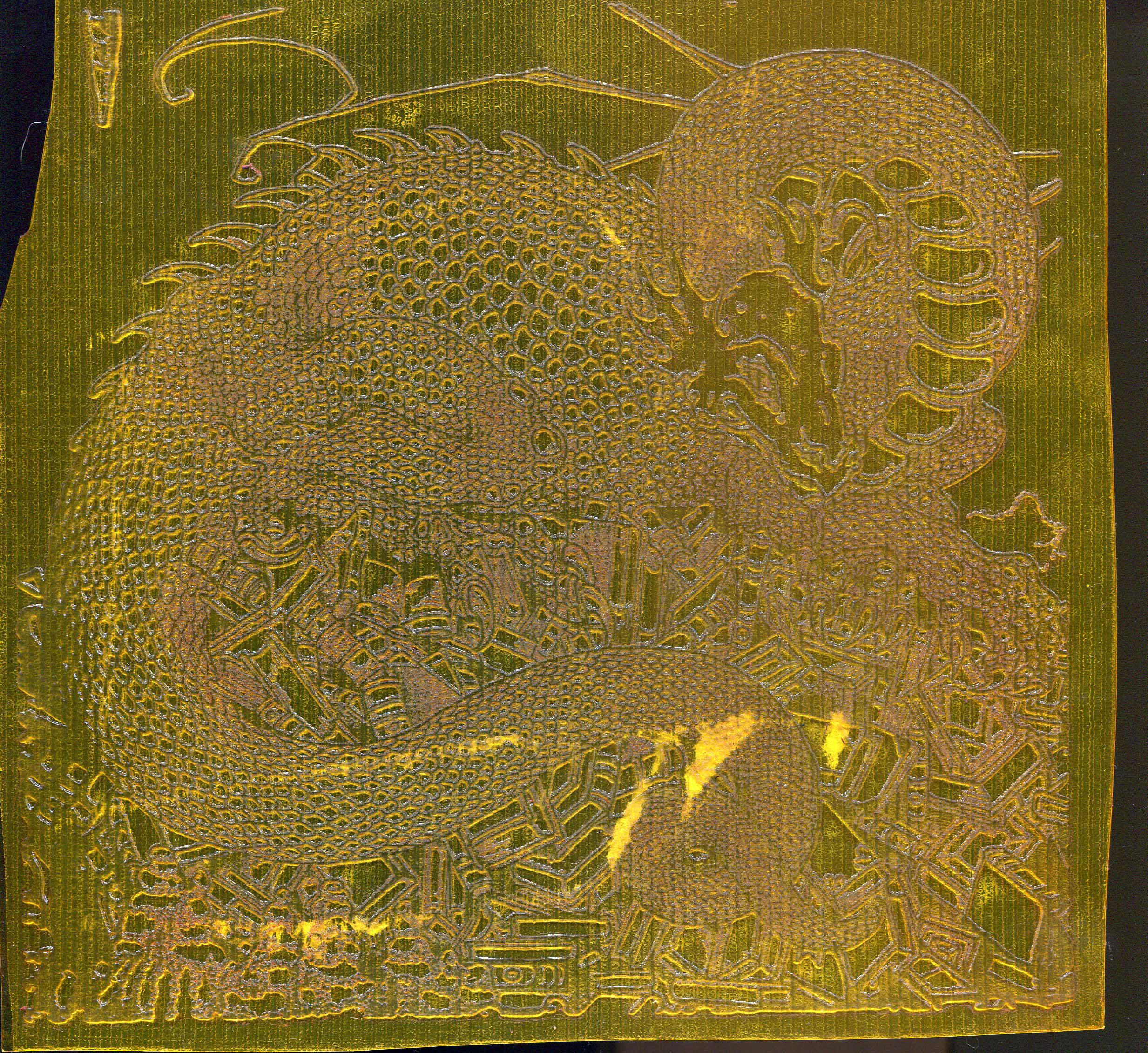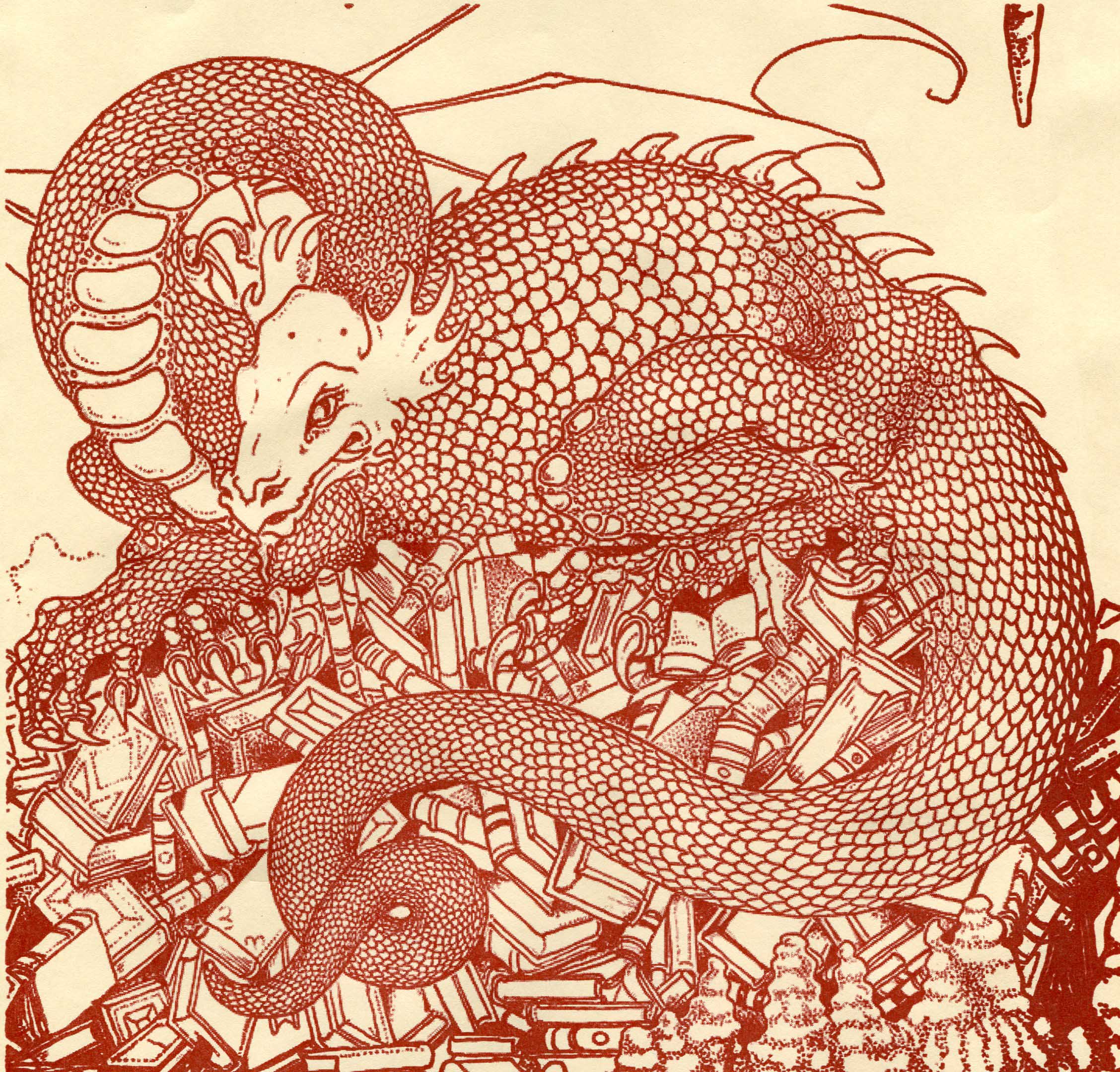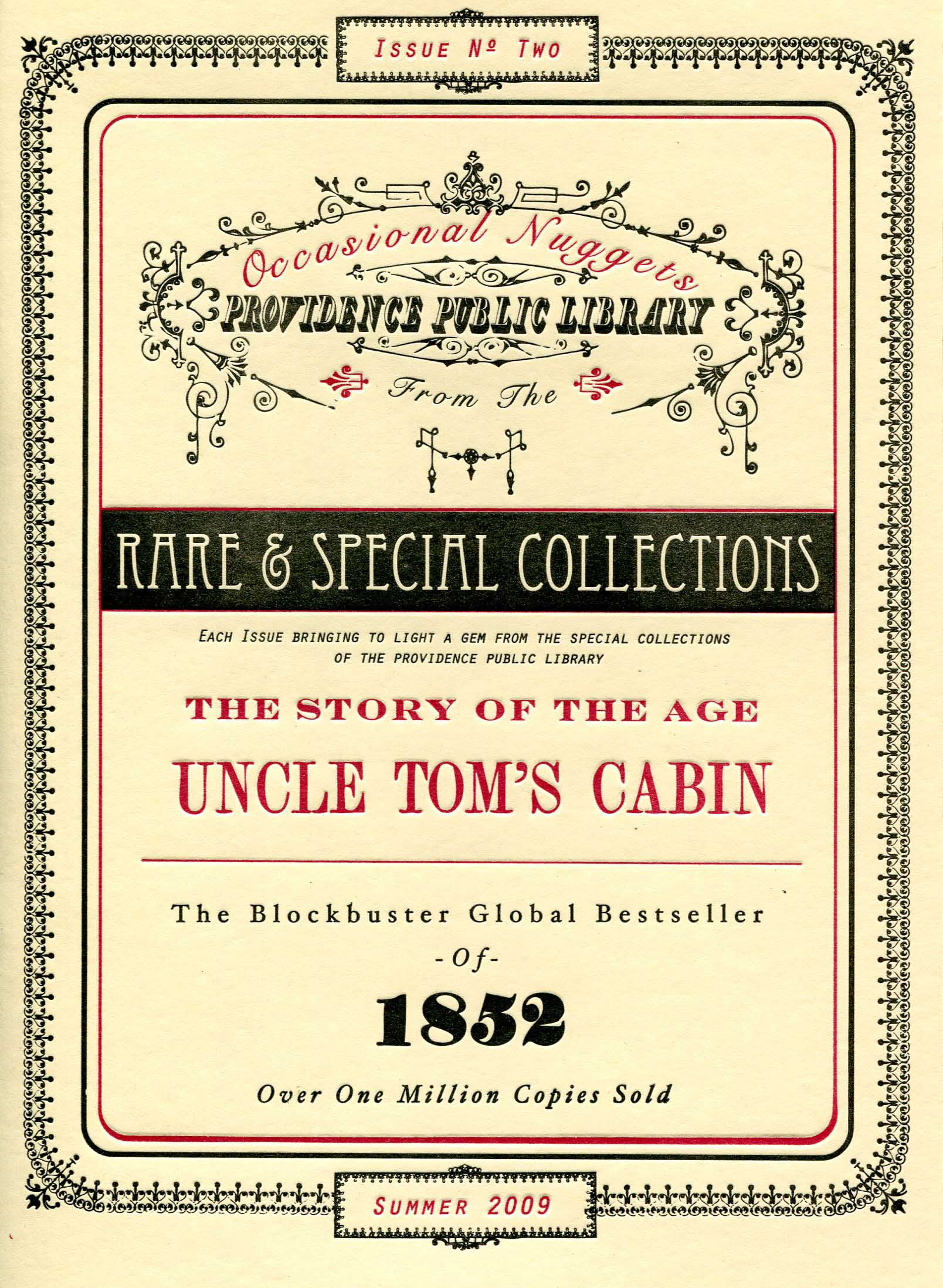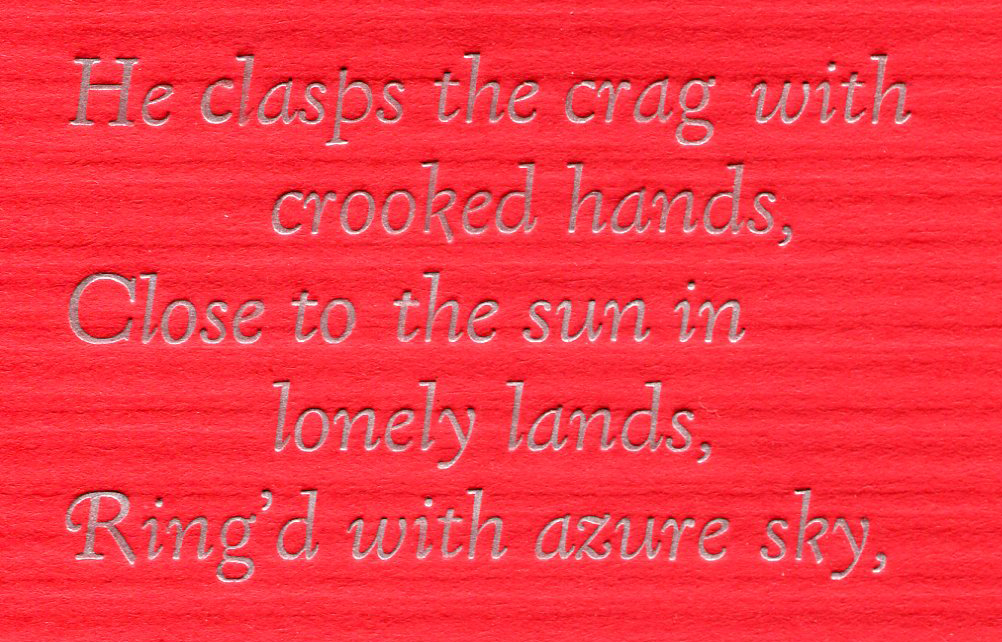SASS schedule
Databases and bibliographies are not, frankly, very sexy (at least not to most of us). As an antidote, I’ve come up with a new instructional model, called Short Attention-Span Seminars (or SASS). The idea is simple. Each weekly, 15-minute session (held Wednesdays at 10:00am in the Watkinson) is focused on one tool (a database, bibliography, etc.) that I deem essential for humanities research. This can range from the Dictionary of Literary Biography (DLB) to Eighteenth Century Collections Online (ECCO). I also like to show at least one rare book from the collection, related in some way to the source of the day. As an incentive, I am offering a coupon for a free coffee or tea at Peter B’s (the café in the library) to anyone who shows up.
My goal for this series is threefold: first, to introduce students, faculty, and staff to resources they may not know about or under-appreciate; second, to show off a bit of the rare collection which is normally locked away from casual visitors; and third, to offer an informal, regular venue that could serve as a place to announce upcoming Watkinson events to interested members of the Trinity community.
So here is an example of how a the seminar might go: You show up at the Watkinson at 10:00am sharp (because if you are late, you’ve missed it!), and I start talking about a resource—say, Early American Imprints, Series I (digitized copies of every book printed in the U.S. from 1639 to 1800). I talk about how to use the source, its scope and content, and show (for instance) the Watkinson’s copy of the first edition of the Federalist, which is also in the online version, accessible from your dorm or home. At 10:15 I’m done talking, and you can either ask questions or be on your way to get your free beverage, wiser and refreshed! What’s not to like? For a schedule of the seminars, email me at richard.ring@trincoll.edu.
Richard Ring
Spring Term Schedule:
Wednesday, January 26, 10:00am
Wednesday, February 2, 10:00am
Wednesday, February 9, 10:00am
Wednesday, February 16, 10:00am
Wednesday, February 23, 10:00am
Wednesday, March 2, 10:00am
Wednesday, March 9, 10:00am
Wednesday, March 16, 10:00am
Wednesday, March 30, 10:00am
Wednesday, April 6, 10:00am
Wednesday, April 13, 10:00am
Wednesday, April 20, 10:00am
Wednesday, April 27, 10:00am



